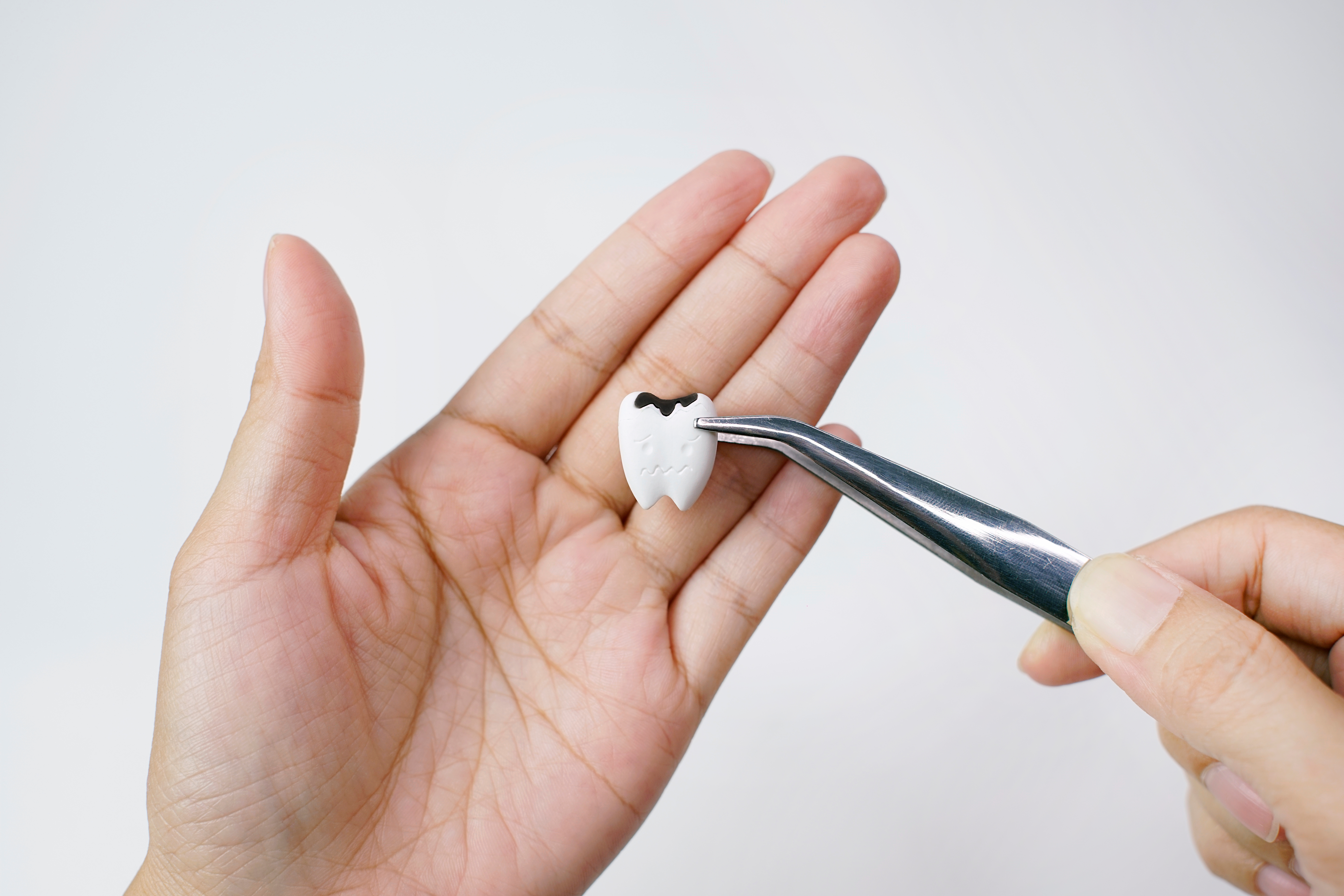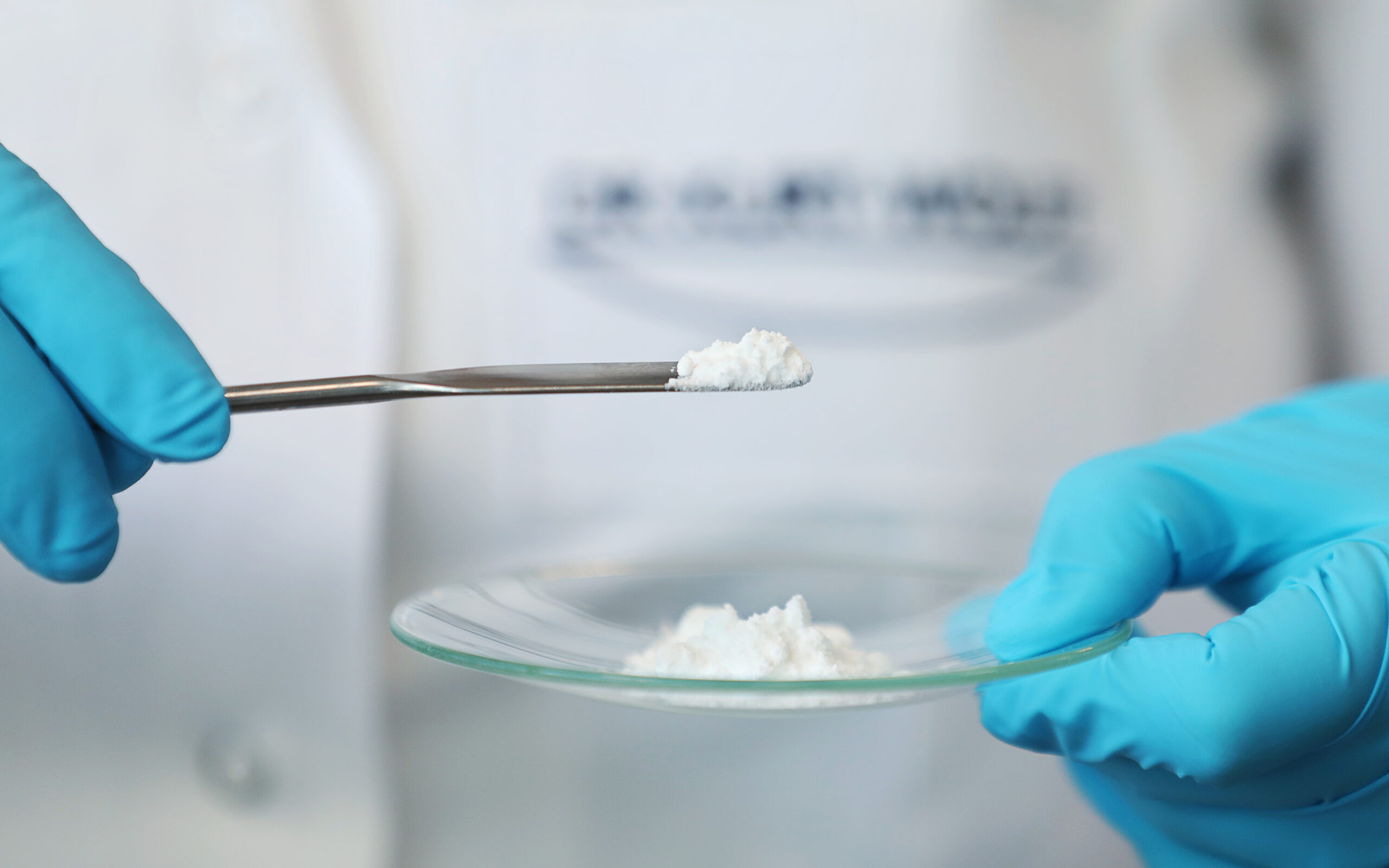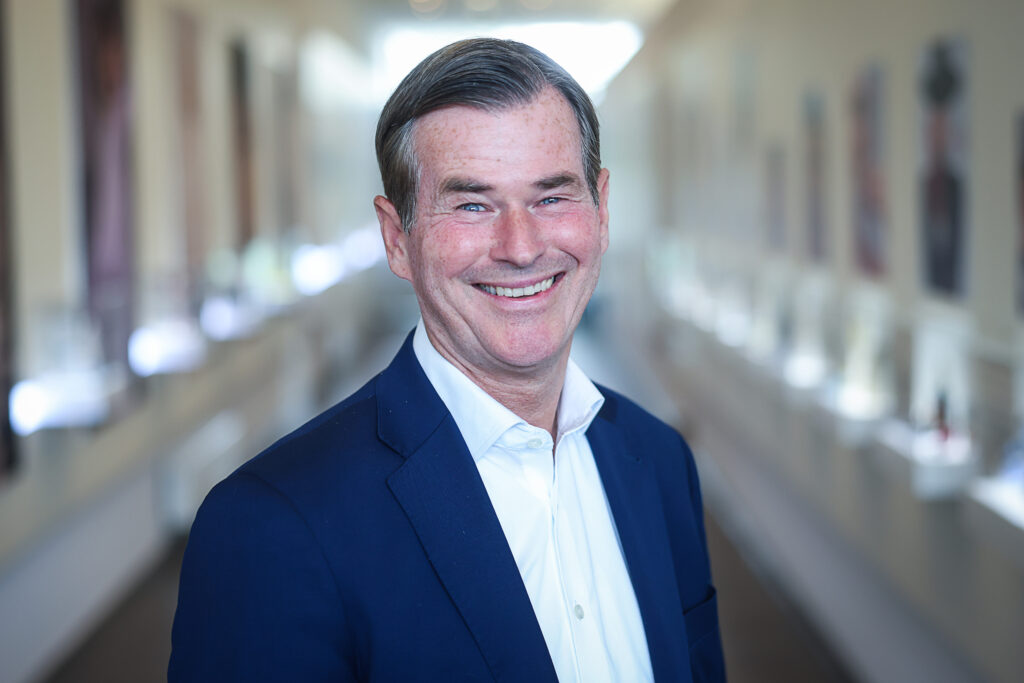- Further long-term clinical study confirms:
Hydroxyapatite (HAP) and fluoride are equally effective in cavity prevention [1]. - Safe and effective: HAP as a multifunctional active ingredient also suitable as an alternative in cavity prevention
Modern dental care products are demanded to be safe and effective while providing a good feeling in the mouth as well as having a scientifically proven effect. One of the most important tasks of toothpaste and its ingredients includes the prevention of cavities, also known as dental caries. Hydroxyapatite is one such active ingredient that fulfils these criteria [2, 3]. The efficacy of hydroxyapatite has been researched and confirmed in vitro and in situ for a long time [2]. A recently published long-term clinical study shows again that hydroxyapatite is as effective as fluoride in cavity prevention [1].
Clinically proven that hydroxyapatite is safe and effective in cavity prevention
It has been known for some time that hydroxyapatite is effectively preventing dental caries. High-impact clinical randomized double-blind studies confirm the efficacy of hydroxyapatite in cavity prevention, for example in high-risk patients with orthodontic appliances [4] as well as in children [5]. A meta-analysis published in a high-ranking international journal also shows that hydroxyapatite is effective in the prophylaxis of caries [6].
A recently published long-term study conducted according to the highest scientific standards, in which adult subjects brushed their teeth for 18 months with either hydroxyapatite toothpaste or fluoride toothpaste, provides renewed evidence of the effectiveness of this nature-inspired active ingredient [1]. The study was set up with identical compositions of both toothpastes differing only in the main active ingredients hydroxyapatite (proportion comparable to Karex toothpaste) or fluoride (1450 ppm; maximum permissible concentration for adults: 1500 ppm). The results of the study show that toothpaste without fluoride but with hydroxyapatite instead is just as effective and tends to be even better at protecting against caries than conventional dental care. Caries was detected with well-established methods. On the one hand, the tooth surfaces were visually observed for caries detection. On the other hand, the results were verified using an objective caries diagnostic method.
The evidence is thus very clear: hydroxyapatite provides clinically proven cavity prevention, is safe to use for all ages, and does not require warnings or strict regulation unlike fluoride [7]. Canadian health authorities for example have officially recognized fluoride-free toothpaste containing hydroxyapatite as an anti-caries toothpaste based on scientific data and the results of clinical studies.
Hydroxyapatite is safe in dental care
Hydroxyapatite is a biomimetic active ingredient that occurs naturally in bones and teeth (dentin and enamel). As an endogenous substance, it is safe for use in cosmetic products and has a multifunctional effect, not only as a caries protector [2, 3]. Thus, hydroxyapatite improves gum health and has been shown to be the best agent to prevent pain-sensitive teeth and reduce pain according to meta-analyses [8, 9]. In addition, hydroxyapatite is safe if swallowed and is not subject to quantity limits like fluoride.
Please find the full text here.
Other research results from the past 40 years on hydroxyapatite as active ingredient in dental care can be found in our free study database. The study results can be accessed without registration.
Resources
[1] May, B. Amaechi, H. Limeback, A. Hernik, J. Otulakowska-Skrzynska, A. Krahel, I. Kaminska, J. Lapinska-Antonczuk, E. Stokowska, M. Gawriolek, Caries-preventing effect of a hydroxyapatite-toothpaste in adults: A 18 months double-blinded randomized clinical trial, Front. Public Health 11 (2023).
[2] J. Enax, H.O. Fabritius, K. Fabritius-Vilpoux, B.T. Amaechi, F. Meyer, Modes of action and clinical efficacy of particulate hydroxyapatite in preventive oral health care − state of the art, Open Dent. J. 13 (2019) 274-287.
[3] M. Epple, Review of potential health risks associated with nanoscopic calcium phosphate, Acta Biomater. 77 (2018) 1-14.
[4] U. Schlagenhauf, K.-H. Kunzelmann, C. Hannig, T.W. May, H. Hösl, M. Gratza, G. Viergutz, M. Nazet, S. Schamberger, P. Proff, Impact of a non-fluoridated microcrystalline hydroxyapatite dentifrice on enamel caries progression in highly caries-susceptible orthodontic patients: A randomized, controlled 6-month trial, J. Invest. Clin. Dent. 10 (2019) e12399.
[5] E. Paszynska, M. Pawinska, M. Gawriolek, I. Kaminska, J. Otulakowska-Skrzynska, G. Marczuk-Kolada, S. Rzatowski, K. Sokolowska, A. Olszewska, U. Schlagenhauf, T.W. May, B.T. Amaechi, E. Luczaj-Cepowicz, Impact of a toothpaste with microcrystalline hydroxyapatite on the occurrence of early childhood caries: a 1-year randomized clinical trial, Sci. Rep. 11 (2021) 2650.
[6] H. Limeback, J. Enax, F. Meyer, Biomimetic hydroxyapatite and caries prevention: a systematic review and meta-analysis, Can. J. Dent. Hyg. 55 (2021) 148-159.
[7] F. Meyer, J. Enax, B.T. Amaechi, H. Limeback, H.-O. Fabritius, B. Ganss, M. Pawinska, E. Paszynska, Hydroxyapatite as remineralization agent for children’s dental care, Front. Dent. Med. 3 (2022).
[8] H. Limeback, J. Enax, F. Meyer, Clinical Evidence of Biomimetic Hydroxyapatite in Oral Care Products for Reducing Dentin Hypersensitivity: An Updated Systematic Review and Meta-Analysis, Biomimetics 8 (2023) 23.
[9] M.L. Hu, G. Zheng, H. Lin, M. Yang, Y.D. Zhang, J.M. Han, Network meta-analysis on the effect of desensitizing toothpastes on dentine hypersensitivity, J Dent 88 (2019) 103170.







